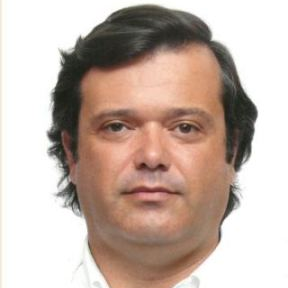Marine Lipids 2023
A special issue of Marine Drugs (ISSN 1660-3397).
Deadline for manuscript submissions: closed (31 December 2023) | Viewed by 12115
Special Issue Editors
Interests: fatty acids; LC-PUFA; marine invertebrates; DHA; marine biotechnology; marine aquaculture
Special Issues, Collections and Topics in MDPI journals
Interests: mass spectrometry lipidomics; marine lipidomics; lipidomics in health and disease; food lipidomics; microbial lipidomics glycomics; biomolecules modification associated with oxidative stress monitored by mass spectrometry
Special Issues, Collections and Topics in MDPI journals
Special Issue Information
Dear Colleagues,
Lipids are key structural and functional biomolecules in marine organisms. In a time of unprecedented changes in the marine realm, lipids will be paramount in the biological processes of acclimation and adaptation to ongoing environmental shifts impacting all marine lifeforms, from microscopic organisms to megafauna. The unparalleled array of analytical tools currently available to researchers makes it possible to gain in-depth knowledge on marine lipidomes that can shed light on the chemo-diversity, metabolic pathways, and function of these biomolecules. The biodiscovery and functional understanding of marine lipids is still in its infancy, and new lipids are reported every year from marine organisms, particularly from extreme habitats, along with their biotechnological value for their nutritional, cosmeceutical, therapeutical, and other high-end applications.
This Special Issue, Marine Lipids 2023, will cover lipid-related topics from marine organisms, namely those using lipidomics and addressing new value-added products and processes associated with the biodiscovery, profiling, extraction, production, and use of these remarkable biomolecules.
Dr. Ricardo Calado
Dr. Maria do Rosário Domingues
Guest Editors
Manuscript Submission Information
Manuscripts should be submitted online at www.mdpi.com by registering and logging in to this website. Once you are registered, click here to go to the submission form. Manuscripts can be submitted until the deadline. All submissions that pass pre-check are peer-reviewed. Accepted papers will be published continuously in the journal (as soon as accepted) and will be listed together on the special issue website. Research articles, review articles as well as short communications are invited. For planned papers, a title and short abstract (about 100 words) can be sent to the Editorial Office for announcement on this website.
Submitted manuscripts should not have been published previously, nor be under consideration for publication elsewhere (except conference proceedings papers). All manuscripts are thoroughly refereed through a single-blind peer-review process. A guide for authors and other relevant information for submission of manuscripts is available on the Instructions for Authors page. Marine Drugs is an international peer-reviewed open access monthly journal published by MDPI.
Please visit the Instructions for Authors page before submitting a manuscript. The Article Processing Charge (APC) for publication in this open access journal is 2900 CHF (Swiss Francs). Submitted papers should be well formatted and use good English. Authors may use MDPI's English editing service prior to publication or during author revisions.
Keywords
- marine lipidomics
- marine LC-PUFA
- marine lipids bioactivity
- seafood fatty acids
- marine invertebrate fatty acids
- marine algae fatty acids
- marine microbial fatty acids
- fatty acid fingerprints of marine organisms







